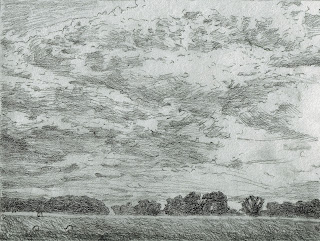 |
| Sheltering Cloud, Restless Land, Desolate Tree ©2015 Katherine Kean oil on linen 16 x 16 inches |
PSA 90th Annual Juried Exhibition
Wednesday, December 2, 2015 - Wednesday, December 30, 2015
Opening Reception:
Saturday, December 5, 2015 2pm to 5pm
Saturday, December 5, 2015 2pm to 5pm
Whites Art, Framing & Restoration
2414 Honolulu Avenue
Montrose, CA 91020
Juror: Scott Ward, Executive Director Armory Center for the Arts
Scott Ward has been the executive director of the Armory Center for the Arts since 2001. Prior to coming to the Armory, he was the executive director of the Palos Verdes Art Center from 1997 to 2001, and executive director of the Downey Museum of Art from 1987-1996. He has spearheaded a dramatic expansion of the Armory’s exhibition and education programs in the underserved neighborhoods of Northwest Pasadena. Ward also has extensive experience as an administrator, educator, curator, lecturer, panelist, executive coach, and artist. He has served as a speaker and panelist for National Guild of Community Schools of Art, The Wallace Foundation, and the City of Denver. As a grants panelist, he has served multiple times for the National Endowment for the Arts, The California Arts Council, and Los Angeles Metro. He taught Fine Art Photography at Loyola Marymount and was the University Art Gallery Director at CSUSB. He received his B.A. from the University of California in aesthetic studies, and earned his M.F.A. in photography from California Institute of the Arts.
Whites Art, Framing & Restoration
2414 Honolulu Montrose, CA 91020
Gallery Hours: Tuesday - Saturday 9am to 5pm
(818) 957-4071
www.whitesfineart.com


















